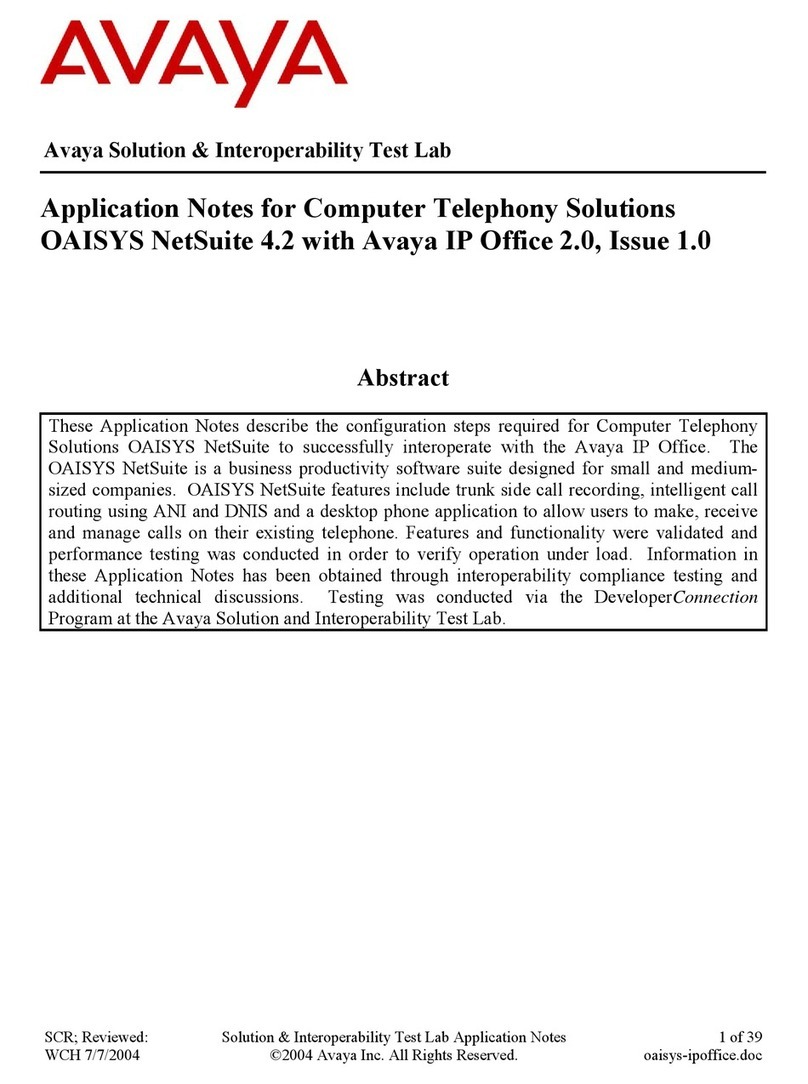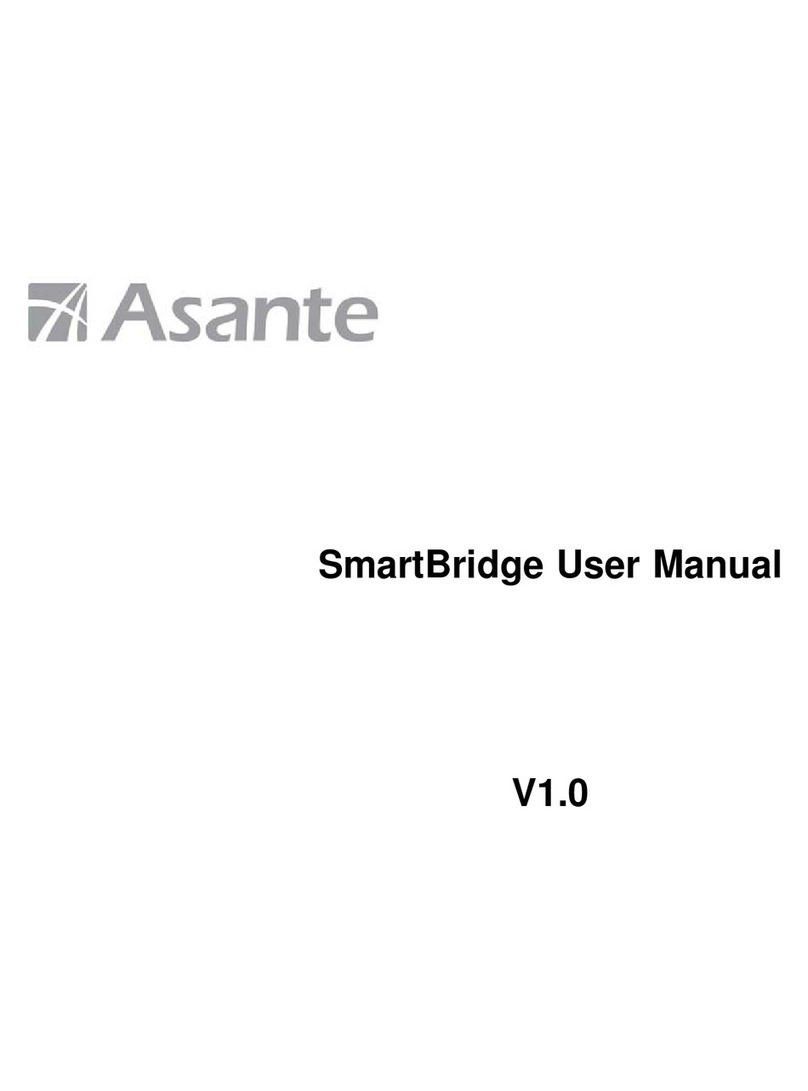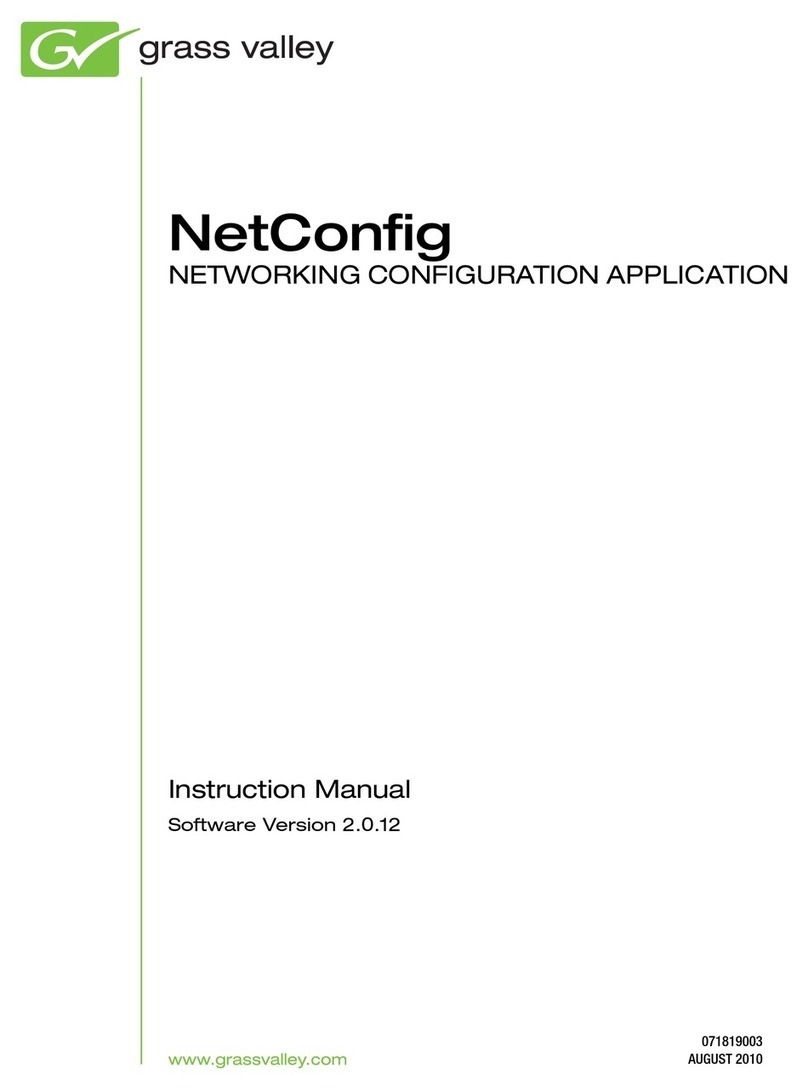2 Basic Operation
2.1 Patch Controls
The patch operation in Antidote RE is the same as
in any other Reason device. To select a patch, either
click on the patch name, the folder icon or the arrow
buttons. To save a patch, click on the disk icon.
2.2 Polyphony
Each key that you press triggers a voice, with a pitch
determined by the key number. As each voice requires
CPU time, the total number of available voices is lim-
ited. The maximum number of available voices can be
adjusted by changing the POLY parameter in the top
left. Note that two special modes exist, Mono and
Mono-Legato. In both modes, only a single voice is
audible at a time. When multiple keys are pressed in
succession and sustained, the one hit last is audible.
Release it to snap back to the previous key (make sure
this one is still pressed!). This permits a unique style
of playing, which is particularly useful in combination
with the Glide knob. You can smoothly glide from
one note to another in this way. The difference be-
tween Mono and Mono-Legato is that the Mono mode
retriggers all envelopes whenever you press a key, while
the Legato mode will not change the envelope states
during a slide from one note to another.
2.3 Pitch Wheel
The pitch bend wheel changes the pitch of the current
sound. The minimum and maximum settings can be
changed on the backside of the device, in semitones.
There is two separate controls, one for up and one for
downwards motion. By default, the pitch bend ranges
from -2 (down) to +2 (up) semitones.
2.4 Modulation Wheel
The modulation wheel changes one or more sound pa-
rameters in real time, and adds expressiveness to your
performance. The parameter to change can be speci-
fied in the modulation matrix, by selecting Mod Wheel
in the source column, then choosing an arbitrary sound
parameter to modify from the destination list. Move
the corresponding AMT knob to the right, to specify
how strong the modulation should be at most.
A common application of the modulation wheel is
to open the filter with it, or to add vibrato/tremolo
4 Antidote User’s Manual



























